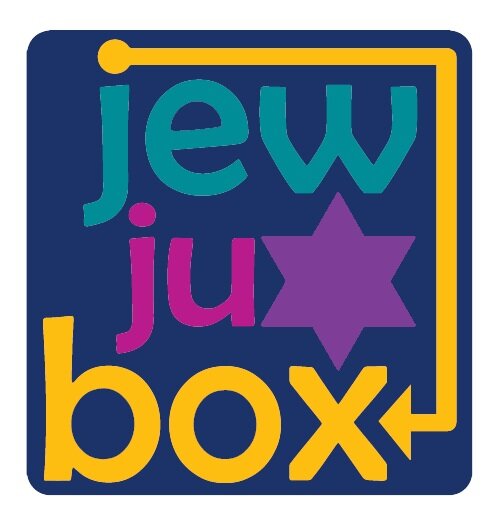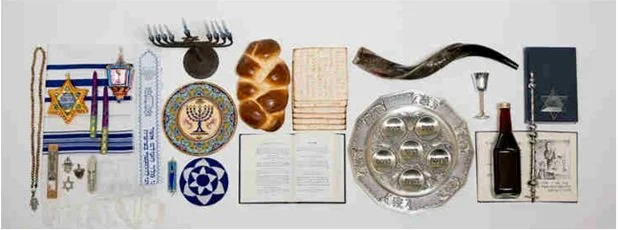So how minor is Chanukah, really?
Last blog, we began to question whether Chanukah is truly a minor holiday. Let’s continue.
If holidays are classed according to the restrictions surrounding them, then Chanukah is a minor holiday, since there’s no requirement to refrain from work (although it’s long-standing custom not to work while the candles are burning). Purim also has very limited work restrictions, based mainly on the fact that In the Megillah of Esther, it is called a “Yom Tov” once, but not another time. As with Chanukah, mourning and fasting are not allowed on Purim, so you could say it’s roughly on a par with Purim.
What if we judge whether a holiday is major or minor according to the rules surrounding it (which would be a measure of how seriously the Rabbis took it)? In that case, we would have to call Chanukah a major holiday. The Ohr Sameyach website lists no fewer than 53 traditional laws for Chanukah, so clearly, the Rabbis of yore took it seriously. Chabad lists 21 laws and customs. (Interestingly, there isn’t a lot of overlap.)
Among the laws:
• Lighting candles even if you have to borrow money to do so.
• If a poor person needs money for Chanukah candles the community is obligated to provide for him.
• No eulogizing or fasting. This puts Chanukah on a par with Pesach and Purim.
• Hallel is recited at synagogue – just like at Simchat Torah, Pesach (Passover), Shavuot, and Sukkot, as well as Rosh Hodesh – the beginning of the new month.
• Al Hanissim (a prayer about miracles) is recited, as it is at Purim.
Making sure your Menorah can be seen by outsiders.
Positioning your Menorah below where a Mezuzah would normally hang, if you find yourself somewhere with no Mezuzah. (This is a practice unique to Chanukah and It almost goes without saying, this isn’t observed where there’s rampant anti-Semitism.)
“But all those gaudy decorations!” I hear you ask. “How is that fitting?”
Decorations can be viewed as an extension of the mitzvah to make sure that your light is visible to outsiders.
Even if Chanukah was once minor, it’s acceptable to treat it as a major holiday now.
Jewish practices and significance change over time and geography
Did you know that Yom Kippur was once a matchmaking day? My Jewish Learning tells us that in the Talmud, Yom Kippur as right up there with Tu B’Av as a joyous days of the year, when women would wear white gowns and dance in the vineyards.
Did you know that Rosh Hashanah was not always the predominant New Year? Torah tells us in Exodus that the first of Nisan (in the Springtime) was the beginning of the year. (You may or may not already know that there are actually four New Years in our tradition: The first of Nisan, is when a king’s reign began; The First of Tishrei (Rosh Hashanah); The 15th of Shevat (Literally, Tu B’Shevat), the New Year of the Trees, and the First of Elul, which is when the tithe for cattle was calculated). Rosh Hashanah become dominant during the Rabbinic period, and it’s not exactly clear why.
After our first blog, a friend commented,”I have a friend who grew up in Buenos Aires and she told me that Chanukah barely registered as a holiday for the Jewish community there when she was a kid. Why? Because it occurs during the summer months when they were out of school and on holiday. Shavuot, however, was a huge deal for them. It happens at the beginning of their winter and was always a big family gathering.” Timing is everything!
So….is Chanukah a minor or major holiday? Does it matter? It’s a time of light and celebration – enjoy!
Do you know someone celebrating Chanukah in a new place this year?
If so, we have the perfect solution! Our ChanuBox is filled with all the essentials to make the holiday special, including candles, dreidels, gelt, and more. Say “Chag Sameach” with a ChanuBox today!




